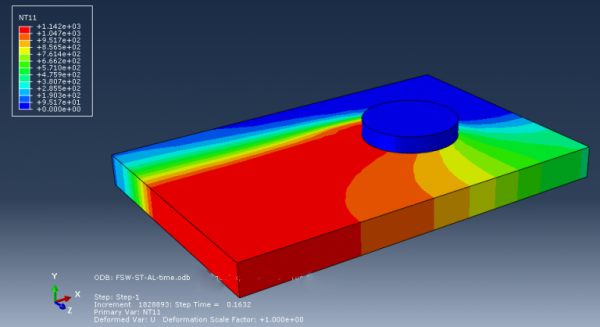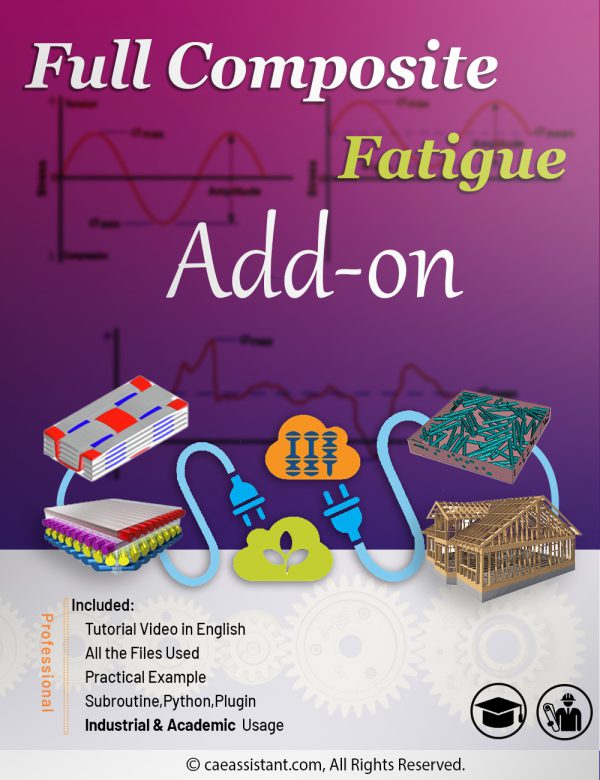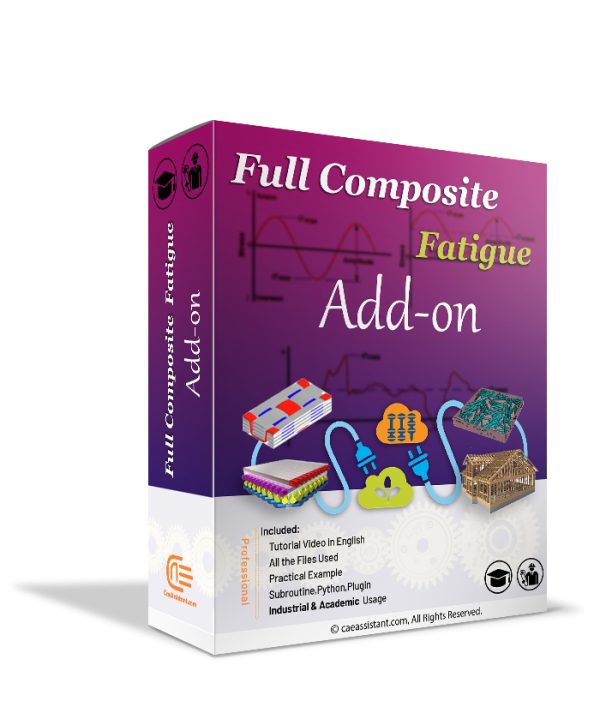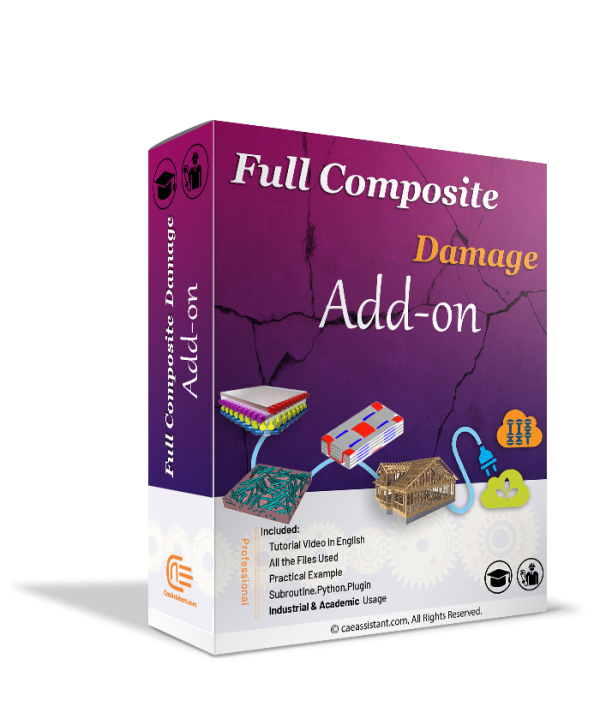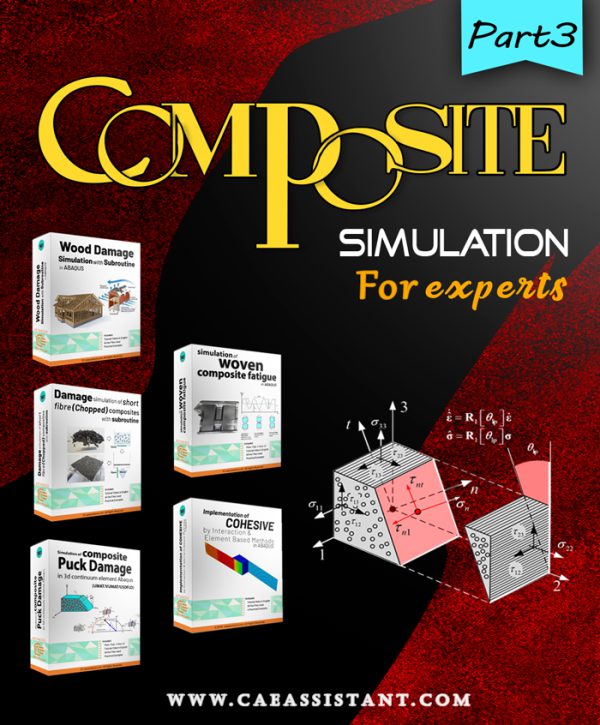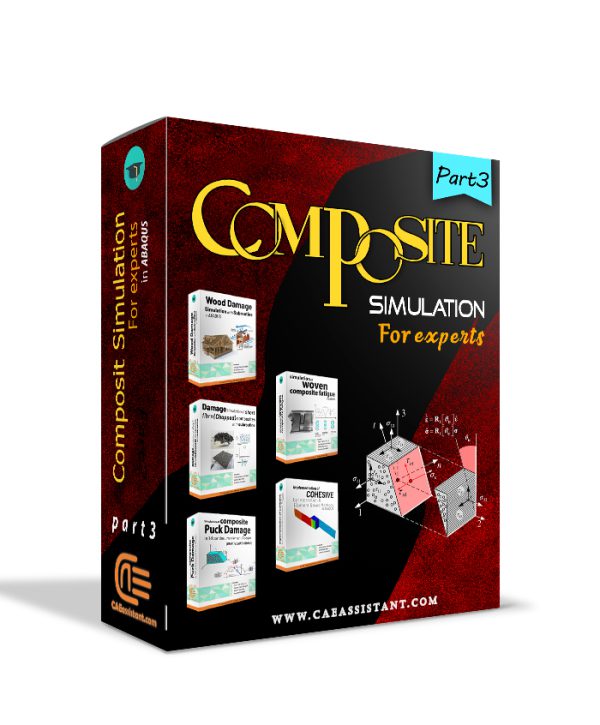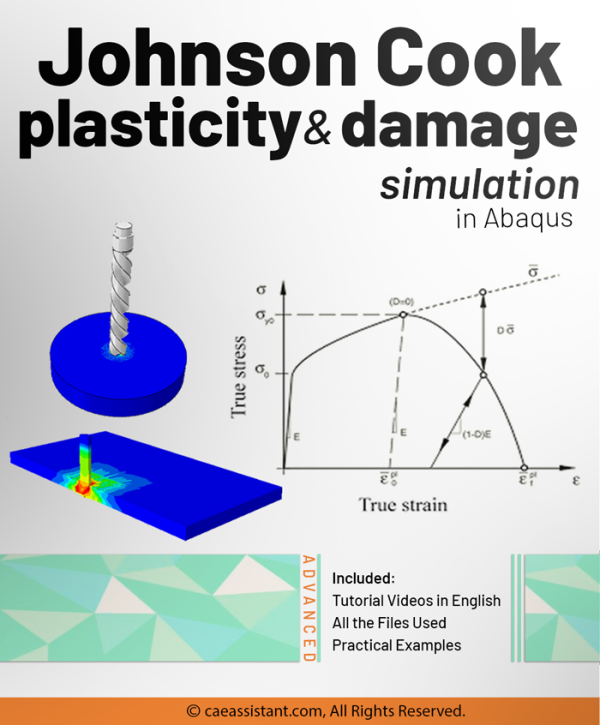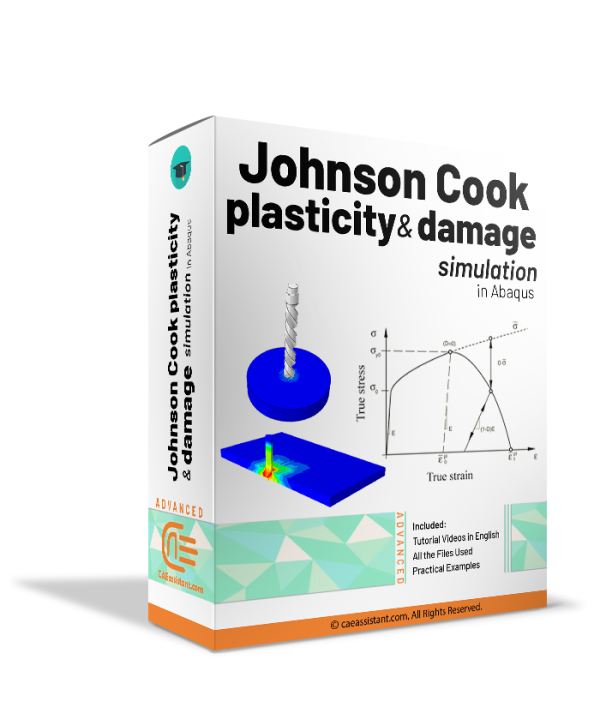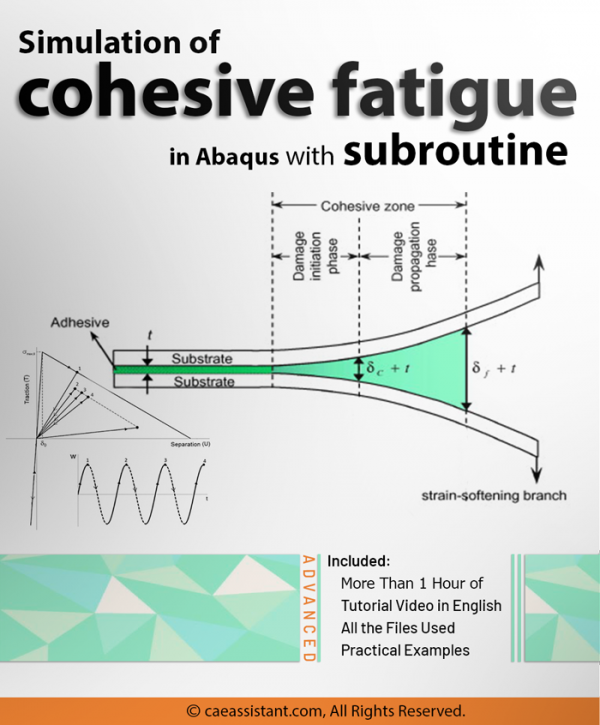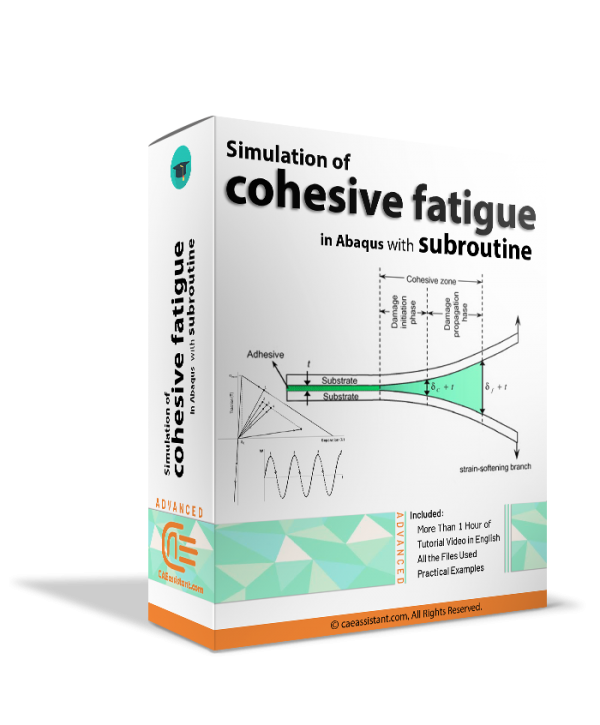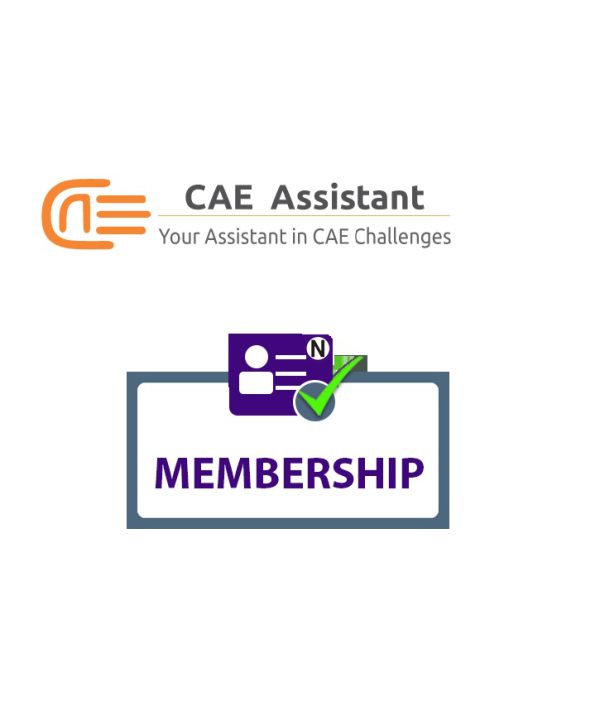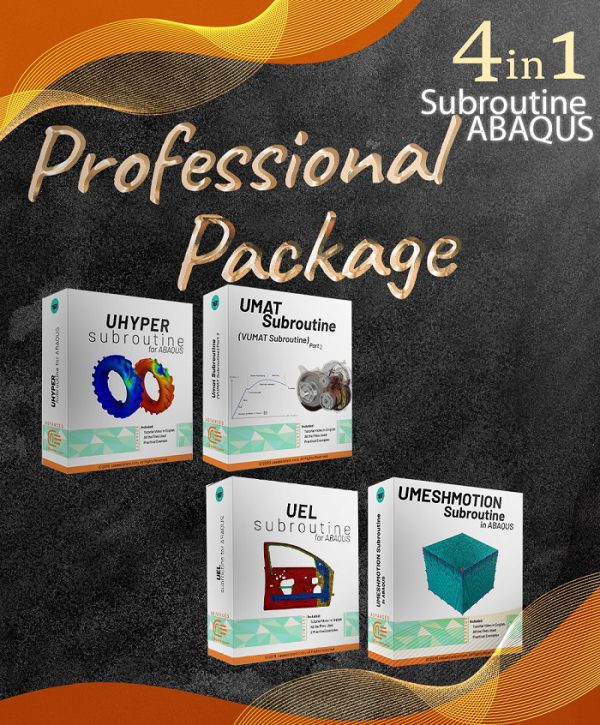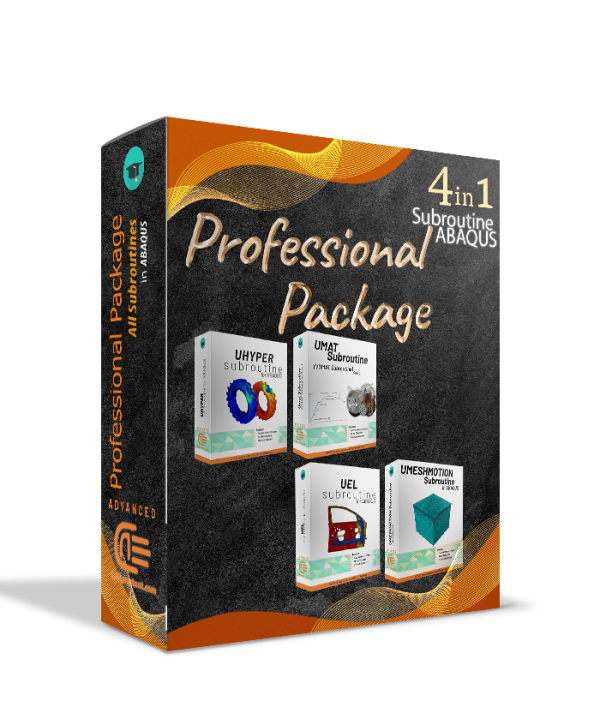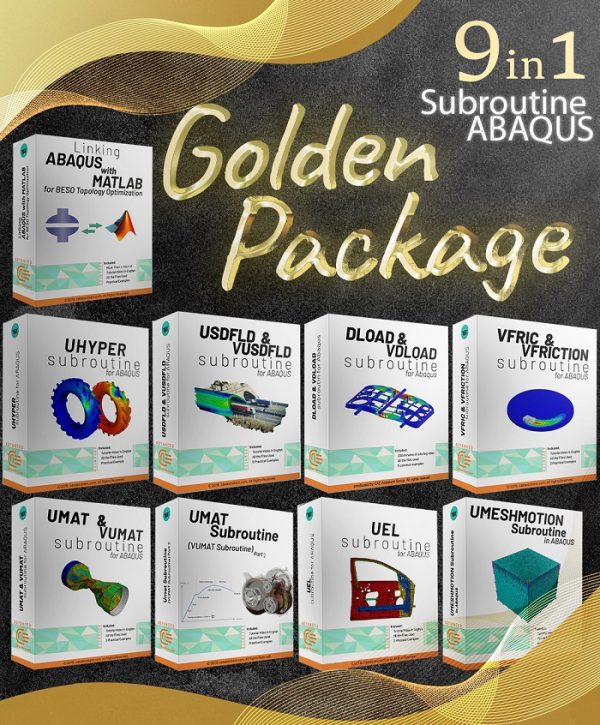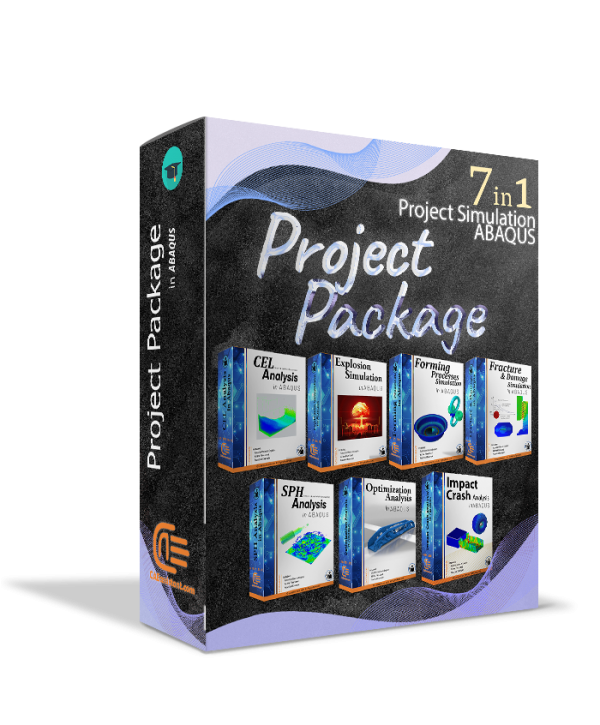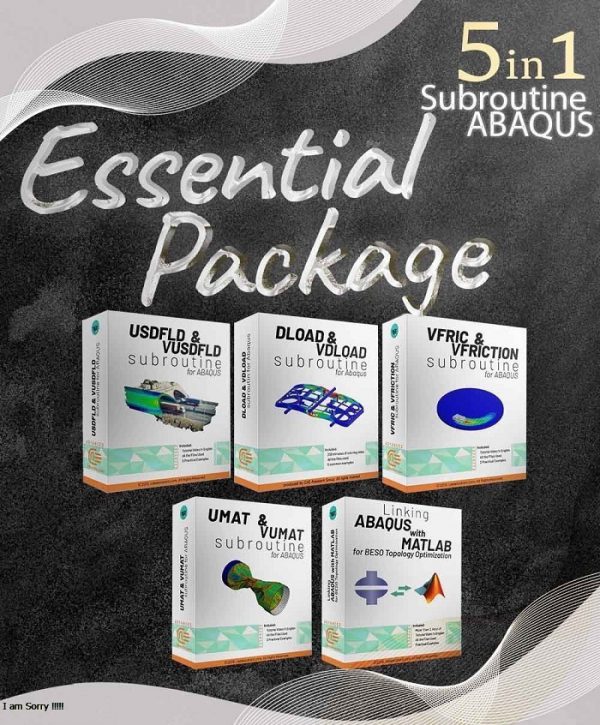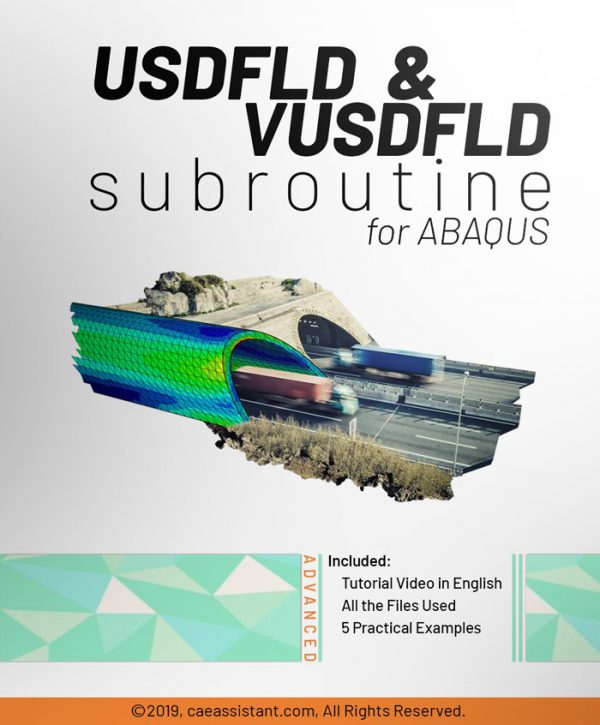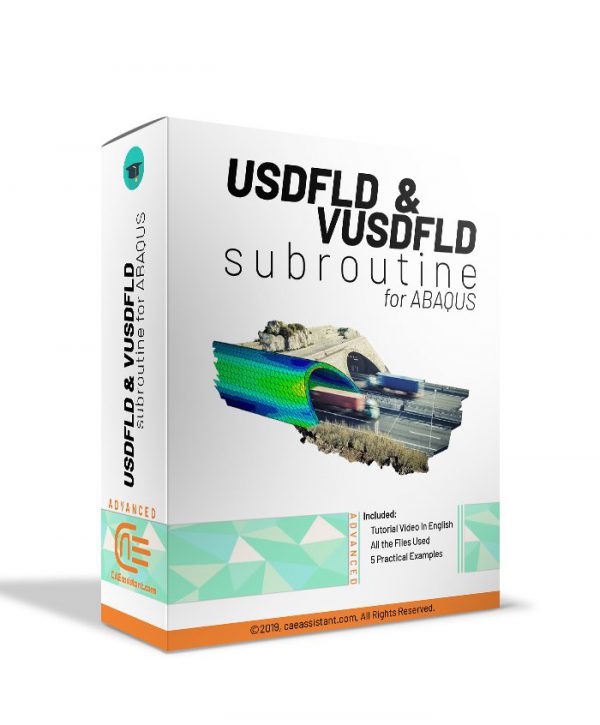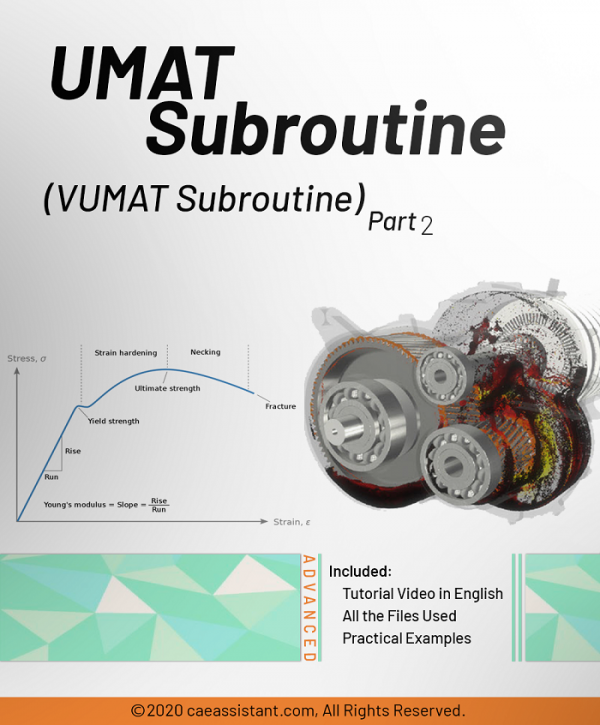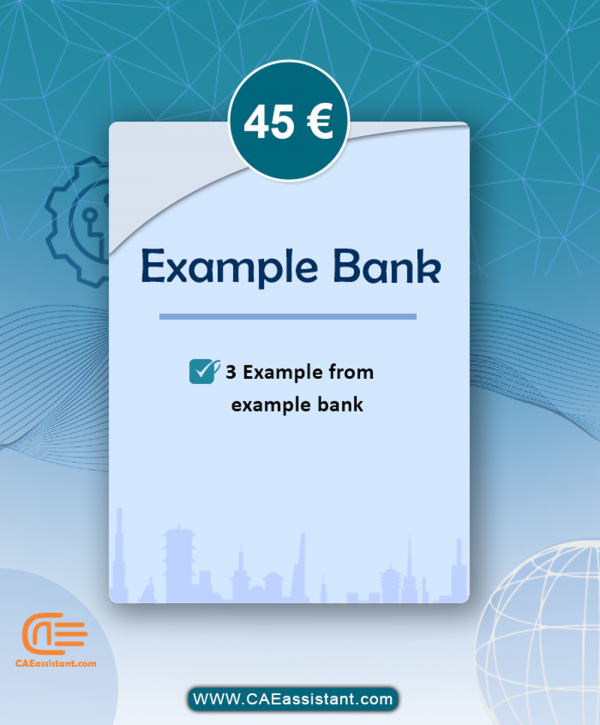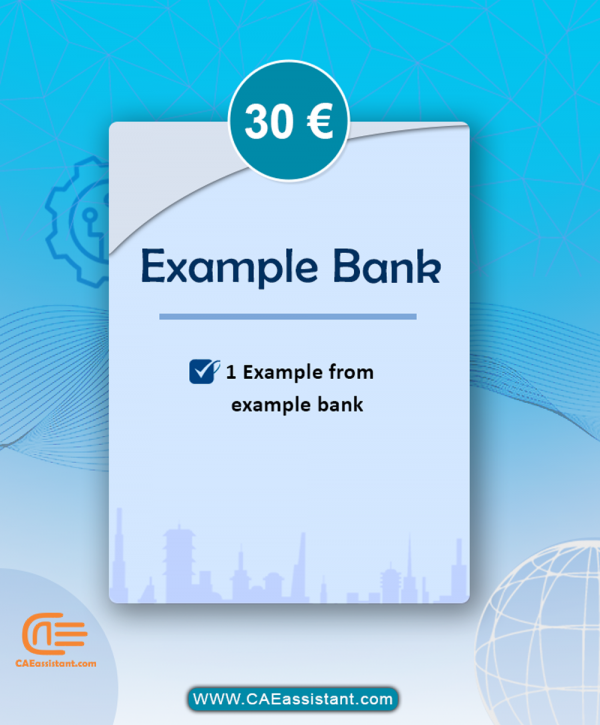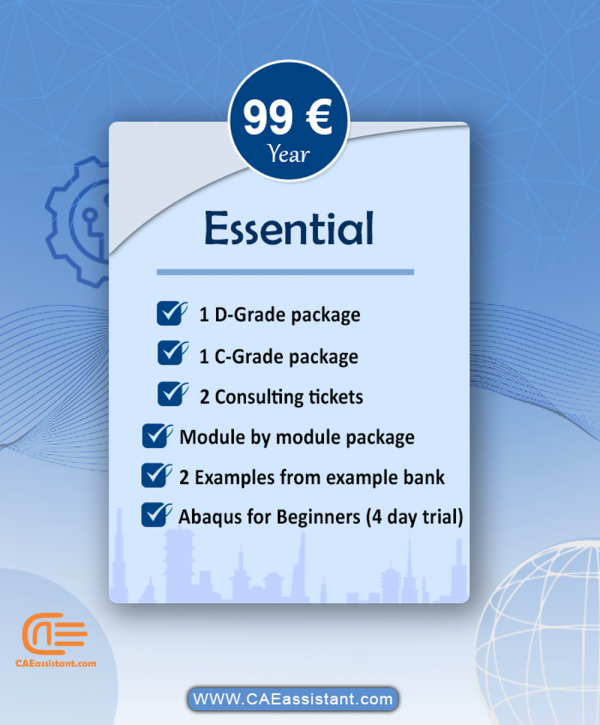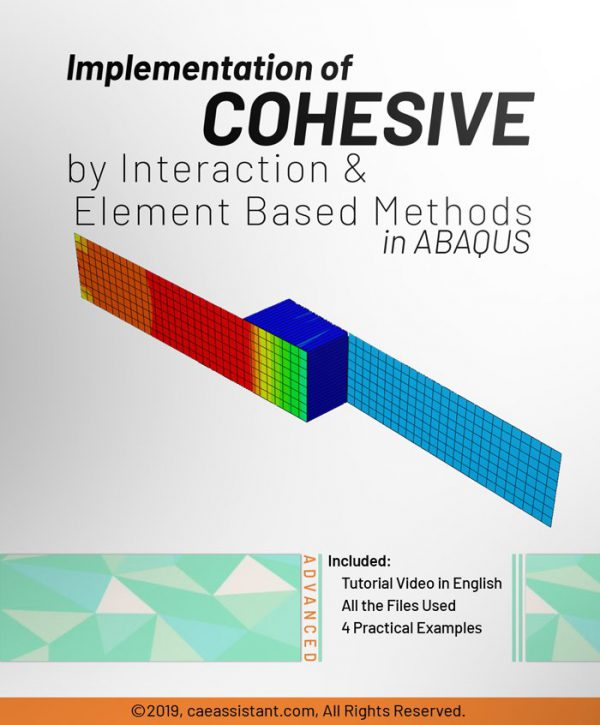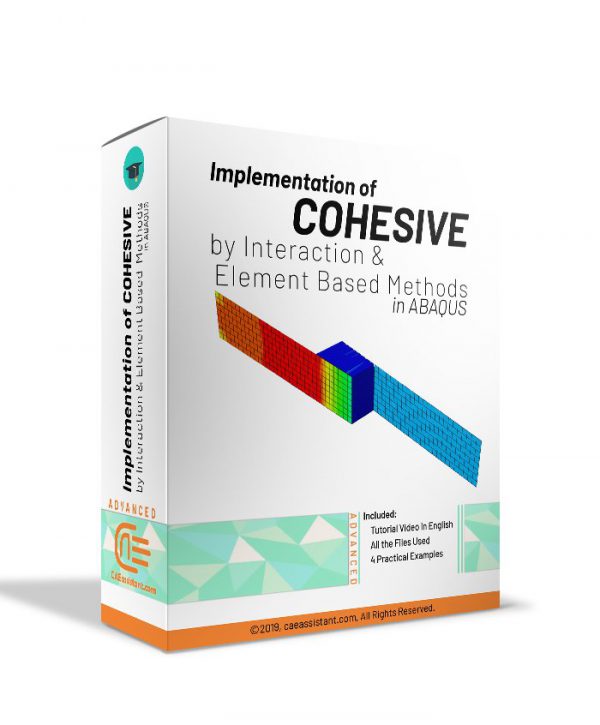Abaqus User element tutorial | UEL advanced level
Friction Stir Welding (FSW) Simulation in Abaqus
Full Composite fatigue Add-on (Academic and industrial usage)
Full Composite damage Add-on (Academic and industrial usage)
Composite simulation for experts-Part-3
Pay attention to the syllabus and availability file details. some of the packages are fully available and some of them are partially available. If this is partially available it takes at least two months to be completely available.
If you are a graduate or Ph.D. student, if you are a university professor or an expert engineer in the industry who deals with simulation software, you are definitely familiar with the limitations of this software in defining the material properties, loading or meshing, interaction properties, and etc. You have certainly tried to define the properties of materials based on advanced fracture theories in finite element software and are familiar with their limitations and problems. Now, here is your solution. Start writing subroutines in finite element software and overcome the limitations. With the tutorials in the Golden Package, you will learn how to write 8 subroutines in Abaqus software professionally.Johnson Cook plasticity and damage simulation
Academic or Business Membership
Introduction to USDFLD and VUSDFLD Subroutine
In this usable tutorial, the material properties can change to an arbitrary dependent variable. One of the most important advantages of this subroutine is simplicity and applicability. Various and high usage examples are unique characteristics of the training package.
This training package includes 5 workshops that help you to fully learn how to use USDFLD and VUSDFLD subroutines in Abaqus software. By means of these subroutines, you will have expertise redefine field variables at a material point by the solution dependence of standard and explicit, respectively.Advanced UMAT Subroutine (VUMAT Subroutine) – Abaqus UMAT tutorial
Three Examples from Example Bank
- Duration: 12 months
- Cost: €2,489 per 12 months
- Packages Included: 20 packages
- Packages Paid For: 13 packages
- Discount: More than 65%
- Access to 20 ABAQUS software packages
- Pay for only 13 packages, but receive 20 packages
- Significant discount of more than 65% off the regular package pricing
Implementation of Cohesive by interaction & element based methods in ABAQUS
This package teaches you how to choose the method and apply cohesive modeling for various simple and complex problems. The training package also teaches you how to define the basic geometry of the adhesive elements and how to define the mechanical behavior in elastic and damaged regions in ABAQUS FEM software.



